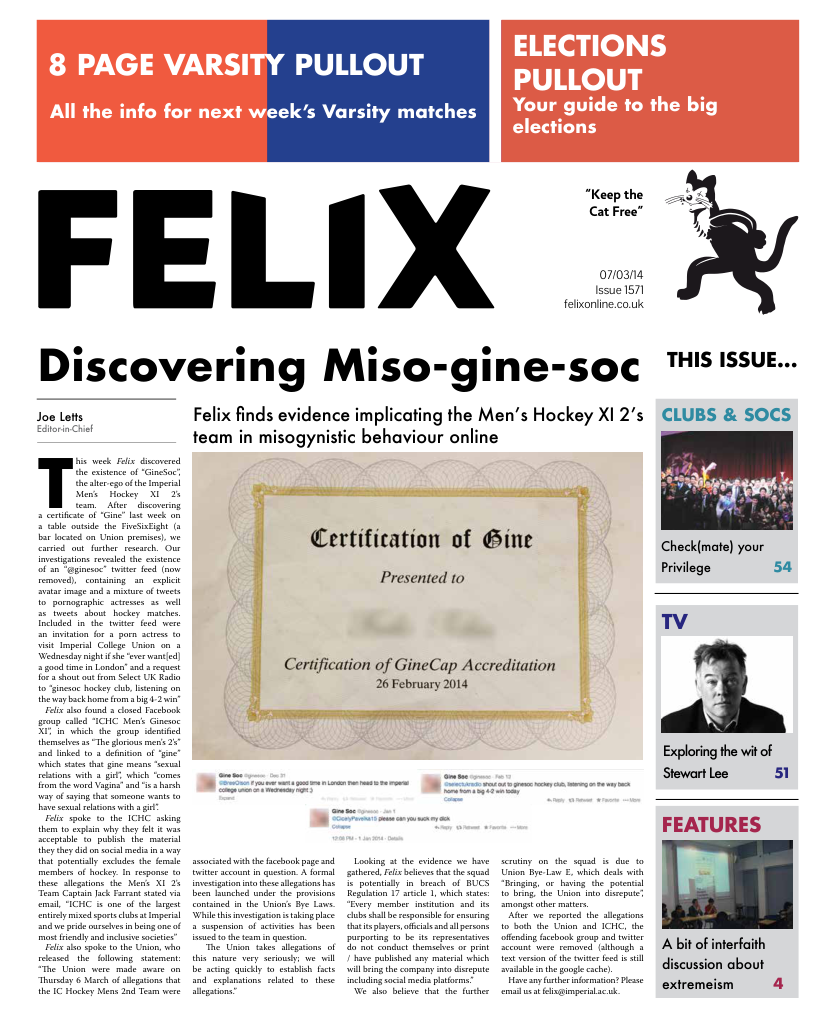Emiel’s Guide to Classical Music (Episode 8)
Episode 8 - From North to South
Last week we discussed Josquin, who is often known as the ‘Beethoven of the 16th Century, and in particular his work Ave Maria. For many generations, Josquin was regarded by theorists and other thinkers as the composer who had perfected the art of music. As Martin Luther wrote; “He is the master of the notes. They must do as he wills; as for the other composers, they have to do as the notes will”. Josquin’s use of imitation (different voices entering sequentially in a similar manner) and his synthesis of many different European styles would be taken up by his students and by their students too. The most famous of these were Nicolas Gombert, Jacob Clemens and Adrian Willaert, all ‘Netherlandish’ – Dutch speakers from present-day Belgium.
Willaerts had a particularly strong influence on the future of music, and although his style is very similar to Josquin’s – indeed when he went to Rome he found the papal choir singing his music under the mistaken belief that it was Josquin’s – he did make important contributions himself. His music was unprecedentedly smooth. Despite the many voices entering and exiting throughout a piece, the ‘whole’ seems to have its own energy and character; voices lost some of their independence, and their significance is subsumed into the effect of this ‘whole’. What I mean by this is simply that the old way of thinking of voices as ‘lines’ which enter into polyphony and move relative to each other is being replaced by a more ‘horizontal’ view, where the harmonic relations between each voice at any moment combine to give the music its character. Furthermore, Willaert gave his music new continuity by avoiding cadences. Cadences are the punctuation marks of music – the points at which a dissonant harmony resolves into a consonance to give a sense of finality. Willaert didn’t simply avoid these, but cleverly prepared the listener for them before moving the harmony away – creating surprise, suspense and energy. It is easy to see that in preparing the listener for a cadence, the composer creates a context in which the cadence is expected, and this too was a new, global way of thinking about harmonies within the context of others – a step on the way to our modern system of ‘ keys’.
One of Willaert’s pupils became the most influential theorist of the day. The Italian, Gioseffo Zarlino, wrote widely on many aspects of music and sought to characterise the Ars Perfecta exemplified in the music of his master and his predecessors. In doing so he formally recognised some of the recent innovations and made them known to composers throughout Europe. The most significant of these may be the ‘triad’ – a harmonic structure which is still dominant today. Whereas previously harmonies were characterised by the intervals present between voices, Zarlino recognised in the music of Willaert et al. a grouping of notes which acted as a functional unit. Composers often used a particularly pleasant stacking of notes which included the usual perfect consonants (the 5th octave), but also the interval of a 3rd. We now know that this stacking corresponds to the harmonic series of frequencies heard when a pitch is played but Zarlino attempted to justify it using some bizarre mathematics and called it the triad. Nowadays when we refer to a chord, such as C Major, we are referring to the triad built on C, which also includes the notes E and G.
Zarlino succeeded Willaert as the maestro di cappelle at St. Marks Cathedral in Venice. Here, Willaert had created a leading centre of music and invited colleagues from all over Europe to come work. Venice became the centre of the musical world as wealthy merchants imported musical talent from the North and eventually the Netherlandish innovation would give way to Italian dominance.





